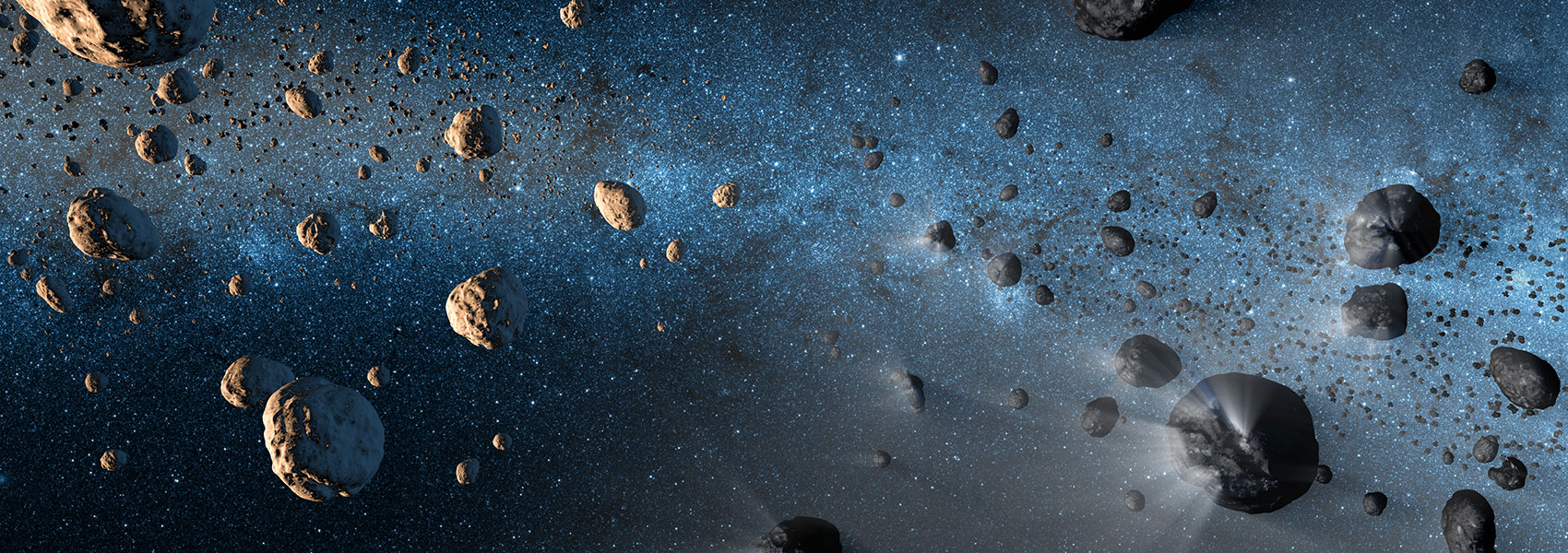February
2011
•
2011ApJ...728..120M
Authors
•
Miyake, N.
•
Sumi, T.
•
Dong, Subo
•
Street, R.
•
Mancini, L.
•
Gould, A.
•
Bennett, D. P.
•
Tsapras, Y.
•
Yee, J. C.
•
Albrow, M. D.
•
Bond, I. A.
•
Fouqué, P.
•
Browne, P.
•
Han, C.
•
Snodgrass, C.
•
Finet, F.
•
Furusawa, K.
•
Harpsøe, K.
•
Allen, W.
•
Hundertmark, M.
•
Freeman, M.
•
Suzuki, D.
•
Abe, F.
•
Botzler, C. S.
•
Douchin, D.
•
Fukui, A.
•
Hayashi, F.
•
Hearnshaw, J. B.
•
Hosaka, S.
•
Itow, Y.
•
Kamiya, K.
•
Kilmartin, P. M.
•
Korpela, A.
•
Lin, W.
•
Ling, C. H.
•
Makita, S.
•
Masuda, K.
•
Matsubara, Y.
•
Muraki, Y.
•
Nagayama, T.
•
Nishimoto, K.
•
Ohnishi, K.
•
Perrott, Y. C.
•
Rattenbury, N.
•
Saito, To.
•
Skuljan, L.
•
Sullivan, D. J.
•
Sweatman, W. L.
•
Tristram, P. J.
•
Wada, K.
•
Yock, P. C. M.
•
MOA Collaboration
•
Bolt, G.
•
Bos, M.
•
Christie, G. W.
•
DePoy, D. L.
•
Drummond, J.
•
Gal-Yam, A.
•
Gaudi, B. S.
•
Gorbikov, E.
•
Higgins, D.
•
Hwang, K. -H.
•
Janczak, J.
•
Kaspi, S.
•
Lee, C. -U.
•
Koo, J. -R.
•
Kozłowski, S.
•
Lee, Y.
•
Mallia, F.
•
Maury, A.
•
Maoz, D.
•
McCormick, J.
•
Monard, L. A. G.
•
Moorhouse, D.
•
Muñoz, J. A.
•
Natusch, T.
•
Ofek, E. O.
•
Pogge, R. W.
•
Polishook, D.
•
Santallo, R.
•
Shporer, A.
•
Spector, O.
•
Thornley, G.
•
μFUN Collaboration
•
Allan, A.
•
Bramich, D. M.
•
Horne, K.
•
Kains, N.
•
Steele, I.
•
RoboNet Collaboration
•
Bozza, V.
•
Burgdorf, M. J.
•
Calchi Novati, S.
•
Dominik, M.
•
Dreizler, S.
•
Glitrup, M.
•
Hessman, F. V.
•
Hinse, T. C.
•
Jørgensen, U. G.
•
Liebig, C.
•
Maier, G.
•
Mathiasen, M.
•
Rahvar, S.
•
Ricci, D.
•
Scarpetta, G.
•
Skottfelt, J.
•
Southworth, J.
•
Surdej, J.
•
Wambsganss, J.
•
Zimmer, F.
•
MiNDSTEp Consortium
•
Batista, V.
•
Beaulieu, J. P.
•
Brillant, S.
•
Cassan, A.
•
Cole, A.
•
Corrales, E.
•
Coutures, Ch.
•
Dieters, S.
•
Greenhill, J.
•
Kubas, D.
•
Menzies, J.
•
PLANET Collaboration
Abstract
•
We report the gravitational microlensing discovery of a sub-Saturn mass planet, MOA-2009-BLG-319Lb, orbiting a K- or M-dwarf star in the inner Galactic disk or Galactic bulge. The high-cadence observations of the MOA-II survey discovered this microlensing event and enabled its identification as a high-magnification event approximately 24 hr prior to peak magnification. As a result, the planetary signal at the peak of this light curve was observed by 20 different telescopes, which is the largest number of telescopes to contribute to a planetary discovery to date. The microlensing model for this event indicates a planet-star mass ratio of q = (3.95 ± 0.02) × 10-4 and a separation of d = 0.97537 ± 0.00007 in units of the Einstein radius. A Bayesian analysis based on the measured Einstein radius crossing time, t E, and angular Einstein radius, θE, along with a standard Galactic model indicates a host star mass of M L = 0.38+0.34 -0.18 M sun and a planet mass of M p = 50+44 -24 M ⊕, which is half the mass of Saturn. This analysis also yields a planet-star three-dimensional separation of a = 2.4+1.2 -0.6 AU and a distance to the planetary system of D L = 6.1+1.1 -1.2 kpc. This separation is ~2 times the distance of the snow line, a separation similar to most of the other planets discovered by microlensing.
Links




